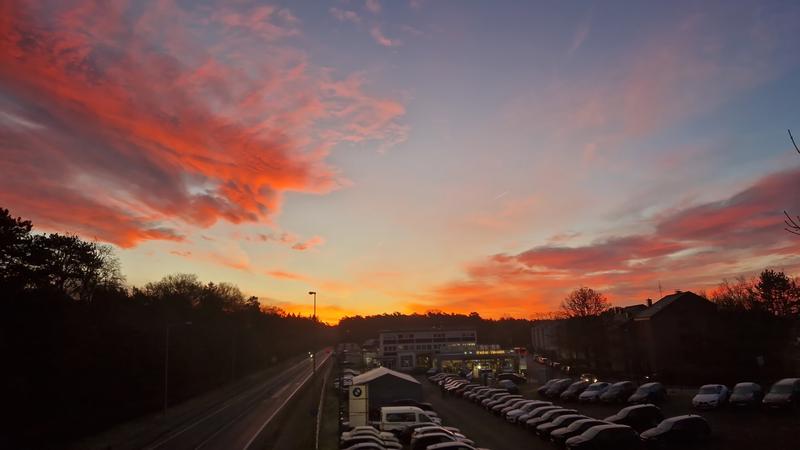85
« Last post by joker on December 13, 2025, 01:52:32 PM »
ஓர் அழகிய நிலவொளியில்
காதலின்
மெல்லிய உரையாடல்களில்
சிக்கிப் பின்னிக்கிடக்கும் வேளையில்
யாரோ ஒளிந்து நோக்குவது போல
ஜொலிக்கும் நட்சத்திரங்களுக்கு
புன்னகையால் பதிலளித்து கொண்டிருக்க
வெட்கத்தால் என்னை அணைத்துக்கொள்ளும்
அவள்
உன் மயக்கும் பார்வைகளிலும்
பாரிஜாத மலரின் மணம்
பொழியும் உடலுக்குள்
இழுத்தணைக்கும் போது
எரியும் ஆசைகளை
மெல்ல விளக்குகிறேன்
தூரத்தில் ஒலிக்கும்
அழகிய பாடலின்
இரு வரிகளோடு
இருவரின் சுவாசங்களும் மெல்ல
காற்றில் கலந்து கொண்டிருந்தன
எத்தனை முறை கண்டும்
மீண்டும் மீண்டும் காண துடிக்கும்
நிலவை போல அவள் முகம்
என்னருகில்
சிறு இடைவெளி அளித்து
இருளுக்குள் மெல்ல மூழ்கும் வானம்
நேரமாயிற்று என
என்னவள் என்னை பிரியும் நேரம்
மேகத்தினூடே மெல்ல
எட்டிப்பார்க்கும் நிலவு போல
தூரத்தில் சென்ற என்னவள் மெல்ல
திரும்பி பார்க்கையில்
ஆத்ம திருப்தியின்
அமைதியான
புன்னகை
நிலைத்திருந்தது
மனதில்
****Joker****
